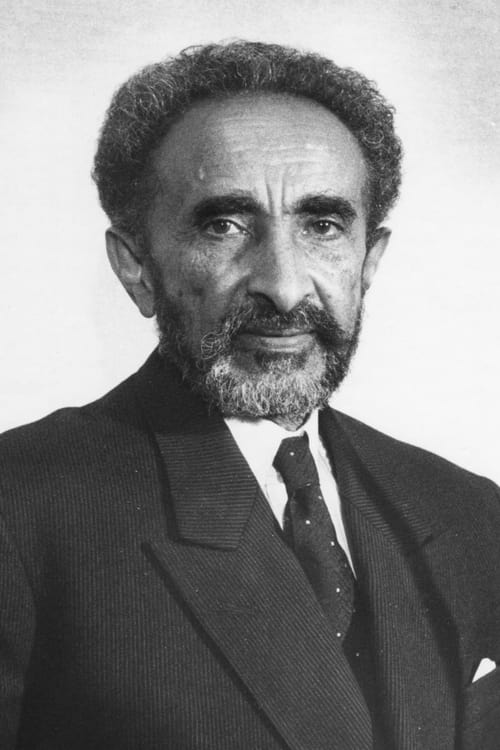
Haile Selassie I was Emperor of Ethiopia from 1930 to 1974. He rose to power as Regent Plenipotentiary of Ethiopia (Enderase) for Empress Zewditu from 1916. He is widely considered a defining figure in modern Ethiopian history, and the key figure of Rastafari, a religious movement in Jamaica that emerged shortly after he became emperor in the 1930s. He was a member of the Solomonic dynasty, which ...
Explore all movies appearances

A film about the gold panning adventures of Hans Söderström, an indigenous Swede. The story stretches from Scandinavia to Africa, via Asia and the Americas, but ultimately boils down to the simple boyish dream of finding gold. Lots of it.
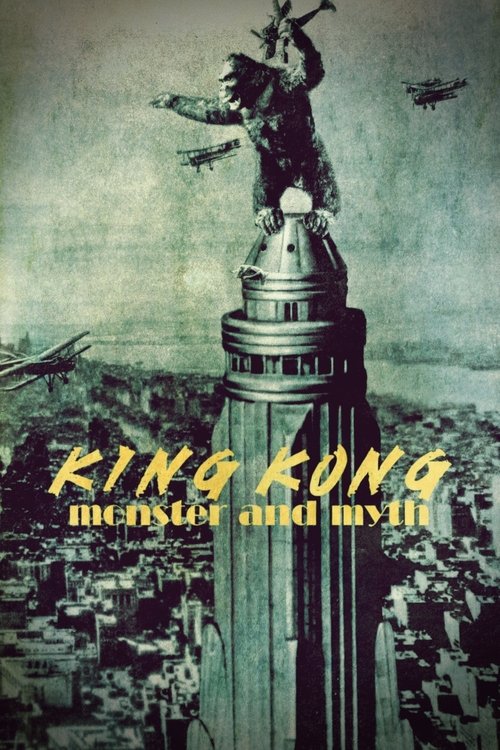
In 1933, Merian C. Cooper and Ernest B. Schoedsack, two audacious and visionary directors, dared to create a motion picture that eclipsed everything seen until then: when King Kong was released, it was celebrated as an artistic and technical revolution and became the first myth created by the young cinematic art.
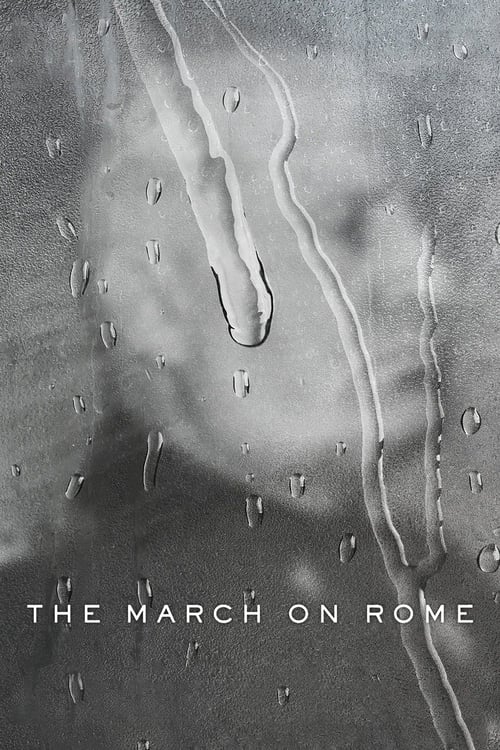
The fascinating story of the rise to power of dictator Benito Mussolini (1883-1945) in Italy in 1922 and how fascism marked the fate of the entire world in the dark years to come.
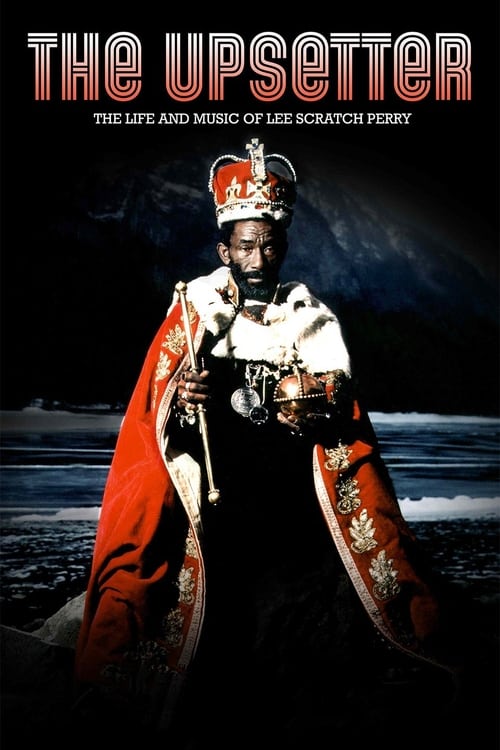
The Upsetter tells the fascinating story of Lee Scratch Perry a visionary musician and artist from poor rural Jamaica who journeyed to the big city of Kingston in the late 1950’s with dreams of making it in the burgeoning record industry. He burst upon the scene with a brand new sound, inventing a genre of music that would come to be called Reggae, discovering a young Bob Marley and gaining international recognition as a record producer and solo artist. Soon he was being called upon by artists as diverse as The Clash and Paul McCartney to provide his unique sound.

About the difficult political situation in the world related to the arms race.

Jonathan Dimbleby’s landmark 1973 documentary “The Unknown Famine” stands as a pivotal moment in Ethiopian history—a journalistic endeavour that not only exposed a humanitarian crisis but inadvertently helped precipitate the end of Africa’s oldest monarchy. The footage was broadcast by ITV for its flagship affairs series named "This Week".
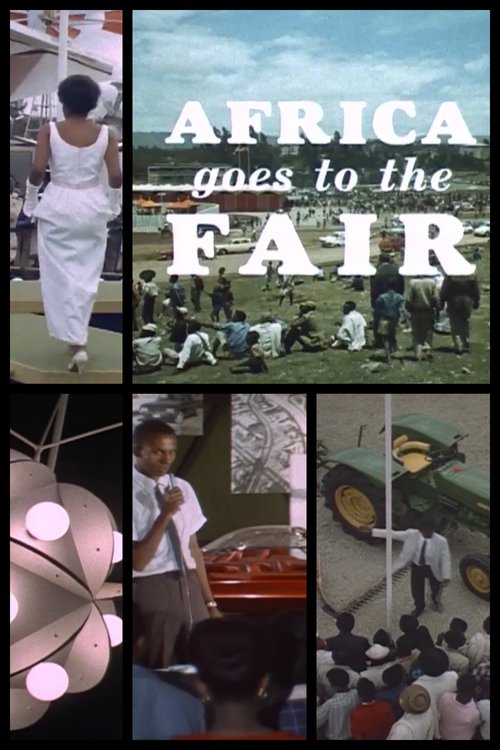
"This film depicts modern American products and U.S. economic development through the U.S. national exhibit at the 1966 trade fair in Addis Ababa, Ehtiopia, which was attended by 360,000 Africans (including children from the Haile Selassie I Day School, who toured the exhibition as part of a classroom assignment)" (US National Archives). Directed by renowned cinematographer, Stevan Larner.

First portrait of Negus Hailé Selassié made by Italian television. The descendant of the Solomonid lineage, the last emperor of Ethiopia, forced into exile by the fascist invasion between 1936 and 1941, when he returned to his country after the liberation of the Allied Forces. In 1965 Selassié, considered a new messiah for Rastafarianism, was still in office, the empire of Ethiopia ending in 1974, a year before his death. (1965)
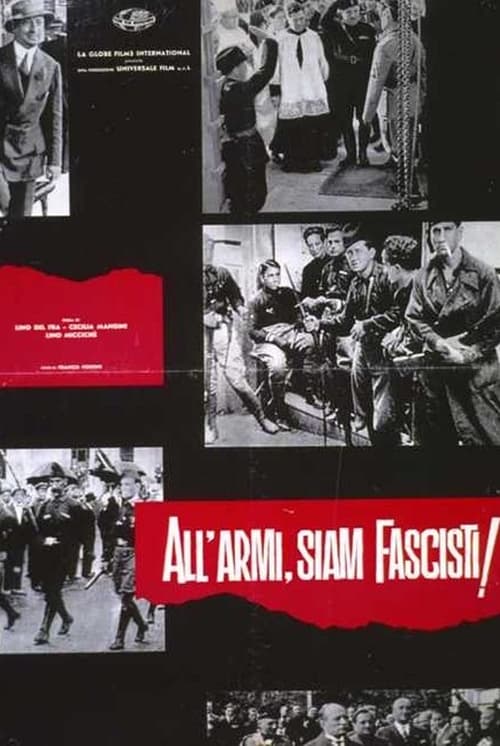
Documentary compiled from archives and accompanied by a poet's commentary, shows the sweep of modern Italian history from 1911 to 1961, centering on the conditions leading to Fascism and the post-WWII reaction to the Fascist experience.

A look at the daily business of U.S. President John F. Kennedy, with a focus on some of the political issues he faces six weeks into his term. Preserved by the Academy Film Archive in 2007.
Subscribe for exclusive insights on movies, TV shows, and games! Get top picks, fascinating facts, in-depth analysis, and more delivered straight to your inbox.